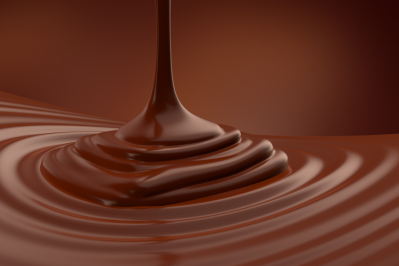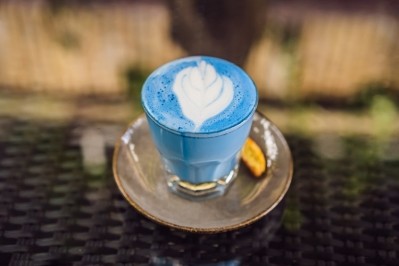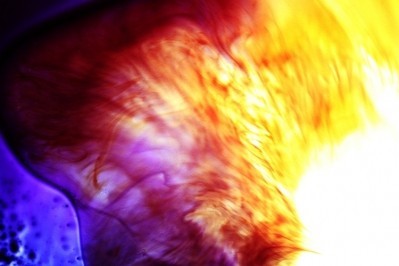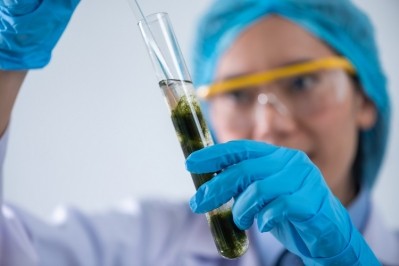Scientists unlocking secret of phycocyanin instability for vivid blues
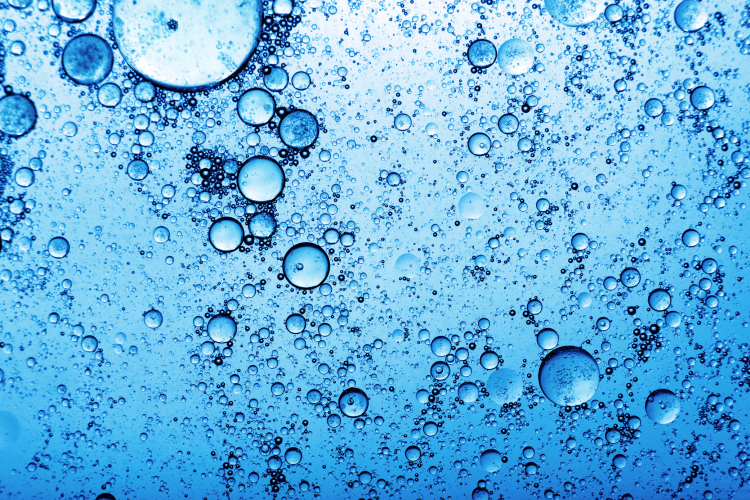
Phycocyanin is a food colourant that provides a vivid blue pigment. However, it has a drawback: it can prove unstable when used in formulations like soft drinks and sports beverages, losing its hues under fluorescent light on the grocery store shelf.
Scientists at Cornell University say they have found the reason for this unique behaviour ‘with the help of physics’ and the ‘bright X-ray beams’ from the University’s synchrotron.
“Phycocyanin has a vibrant blue colour,” said Alireza Abbaspourrad, assistant professor of food chemistry and ingredient technology in the College of Agriculture and Life Sciences. “However, if you want to put phycocyanin into acidified beverages, the blue colour fades quickly due to thermal treatment.”
Now, they believe they have the opportunity to stabilise it, according to new research published in the American Chemical Society’s journal BioMacromolecules.
The research, ‘Tuning C-Phycocyanin Photoactivity via pH-Mediated Assembly–Disassembly’, was authored by Ying Li, a doctoral student in food science; Richard Gillilan, staff scientist at the Macromolecular X-ray science at the Cornell High Energy Synchrotron Source; and Abbaspourrad.
Protein structure and colour stability
Most food companies seeking blues in their food use synthetic food dye, Abbaspourrad said.
Phycocyanin is derived from algae and as such it represents a natural and more nutritional protein that could help food and beverage manufacturers meet growing demand for clean label, natural products. The food scientists therefore set out to understand its colour properties and how it worked.
To achieve this, the researchers partnered with the Macromolecular Diffraction Facility of the Cornell High Energy Synchrotron Source (MacCHESS) and used Size-Exclusion Chromatography coupled to Small-Angle X-ray Scattering (SEC−SAXS) on a beamline.
Phycocyanin was placed into a biological fluid and brought to the MacCHESS laboratory. There, intense beamline X-rays were channelled into tiny drops of the fluid. The small-angle X-ray scattering showed that as pH levels, the molecular strands changed into different shapes, folds and assemblies.
“As pH changes, the phycocyanin molecules form in different ways. If the pH goes up, the molecules come together and if the pH level goes down, the molecules disassemble,” explained Li.
“As we changed the environmental stimulus for the phycocyanin, the molecules modulate their behaviour in terms of how they interact with light. It's a relationship of the protein structure and the colour stability.”
The acidity of the environment can essentially mediate an assembly-disassembly pathway, Abbaspourrad said. “Through the X-ray scattering we could see the proteins and see how their monomers are assembled together and how the oligomers disassemble. That’s the root cause for how the blue colour fades,” he explained.
Source
Tuning C-Phycocyanin Photoactivity via pH-Mediated Assembly–Disassembly
Biomacromolecules
DOI: 10.1021/acs.biomac.1c01095
Authors: Ying Li, Alireza Abbaspourrad, Richard Gillilan
